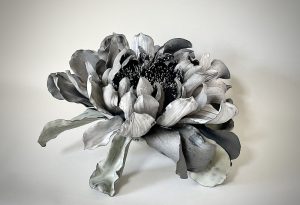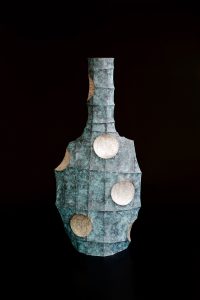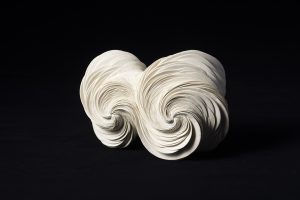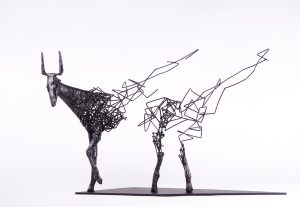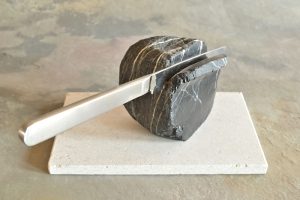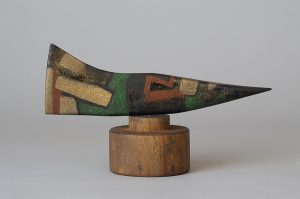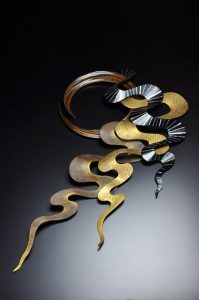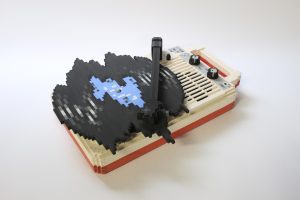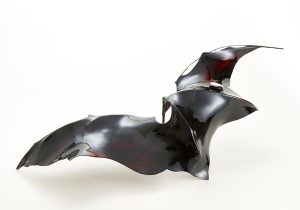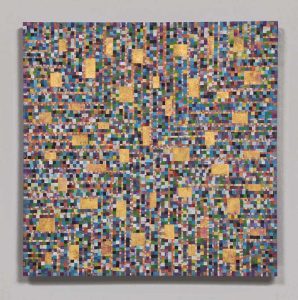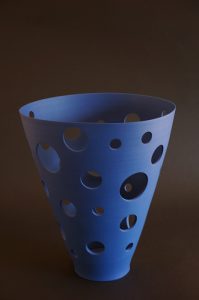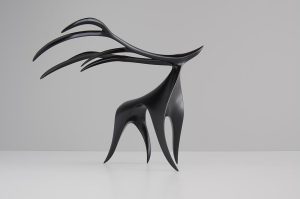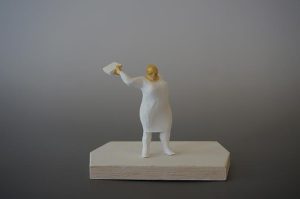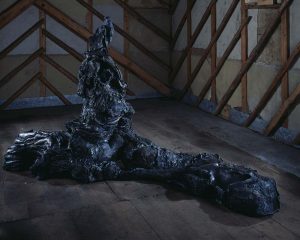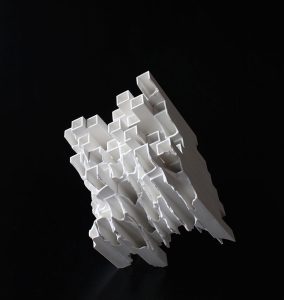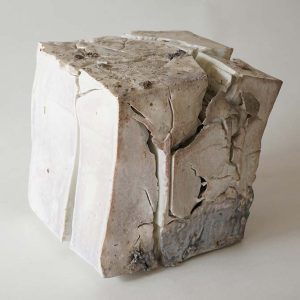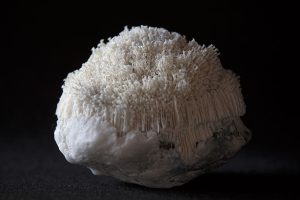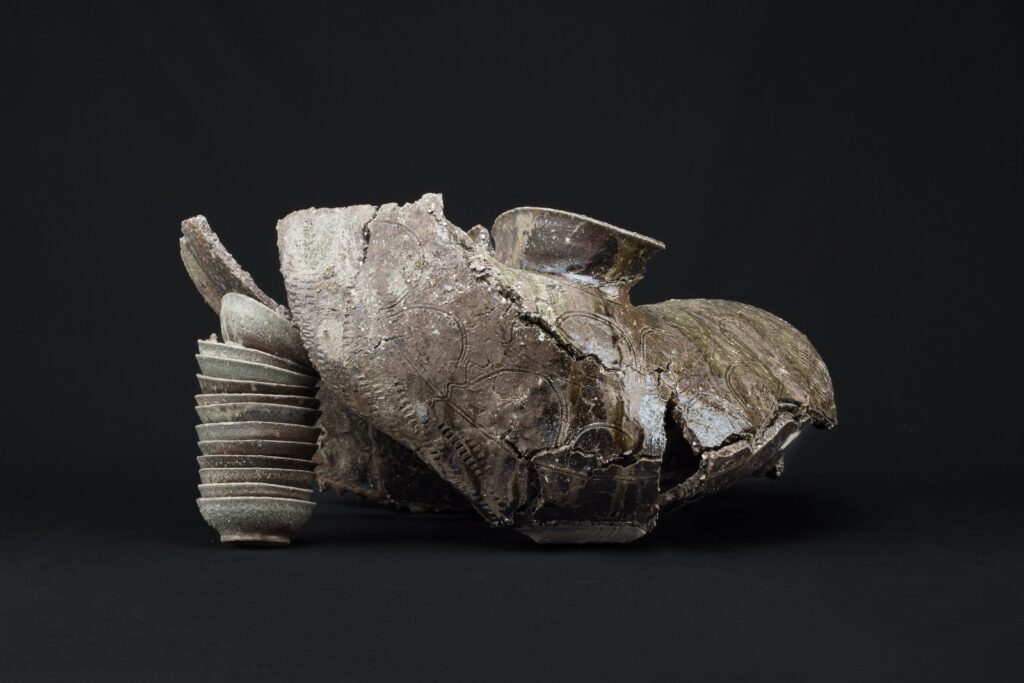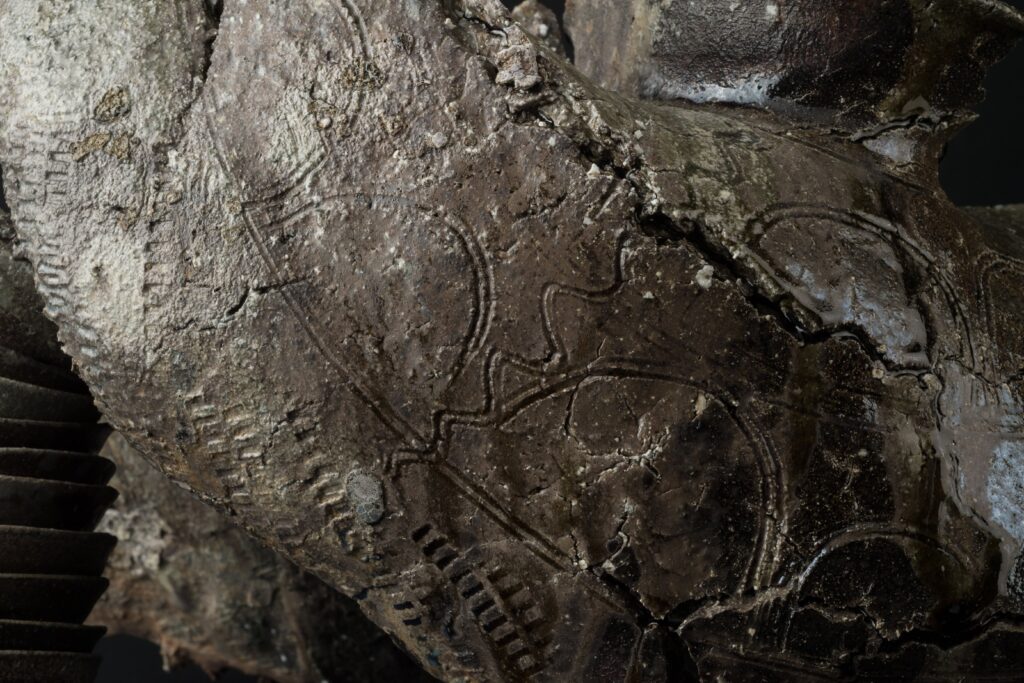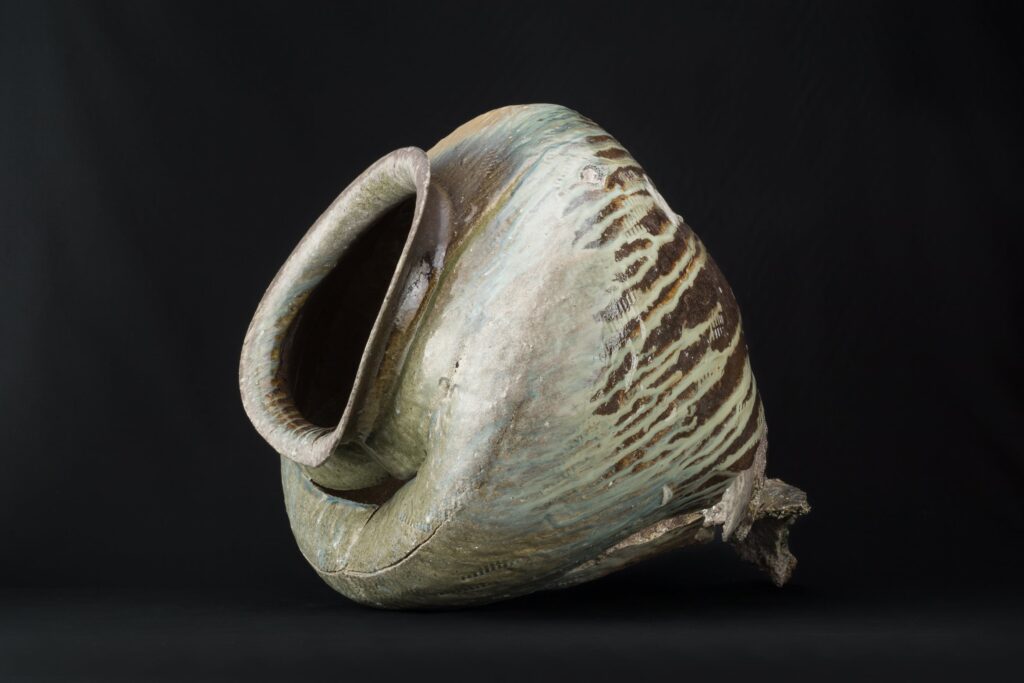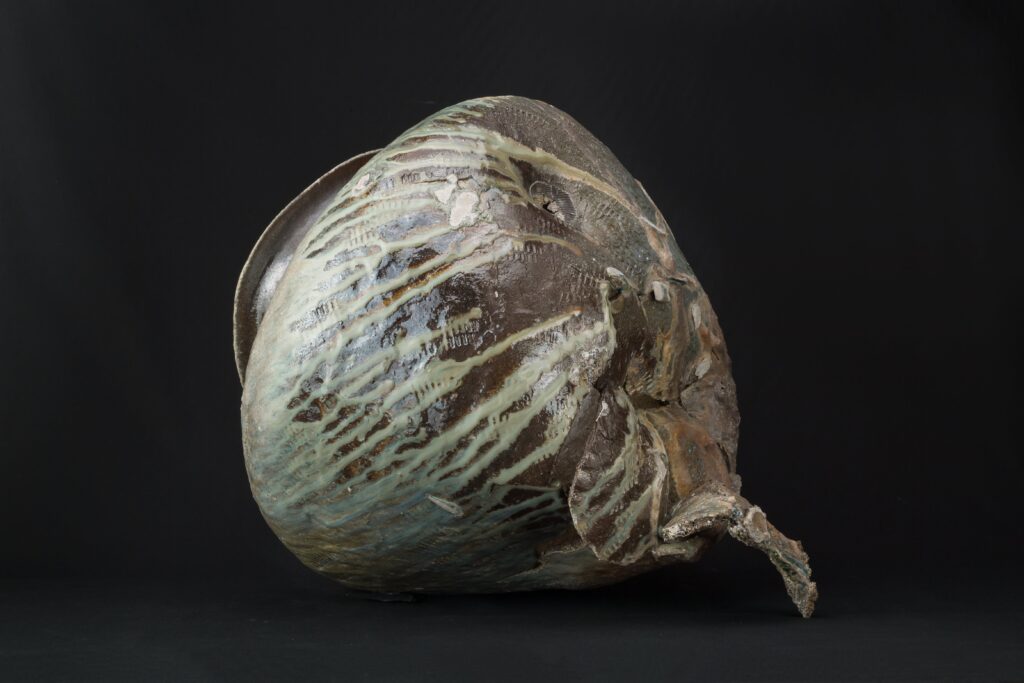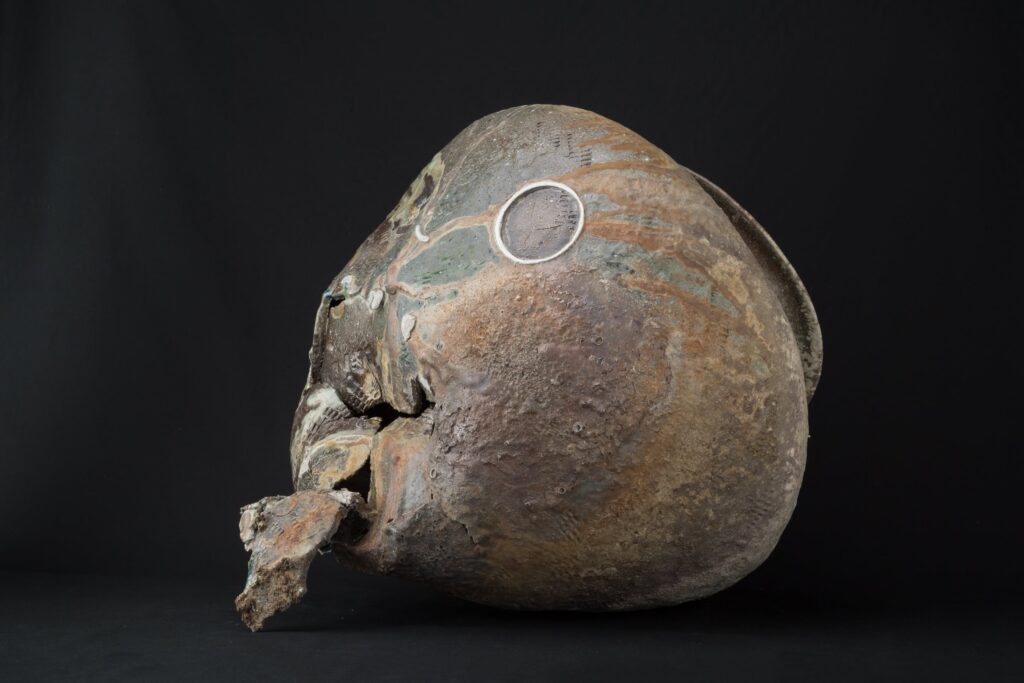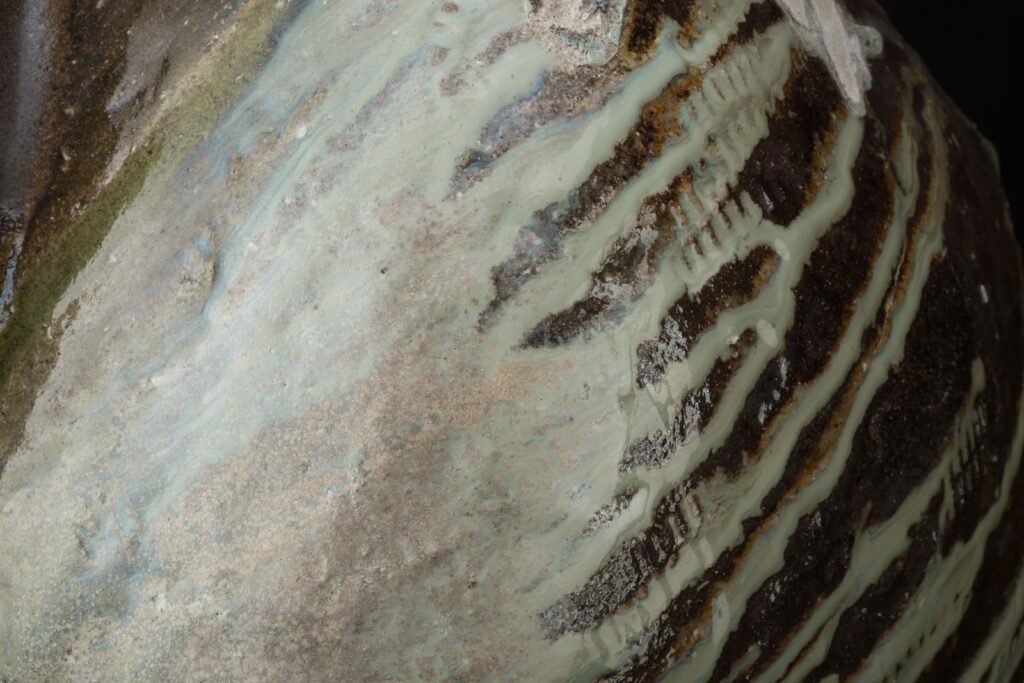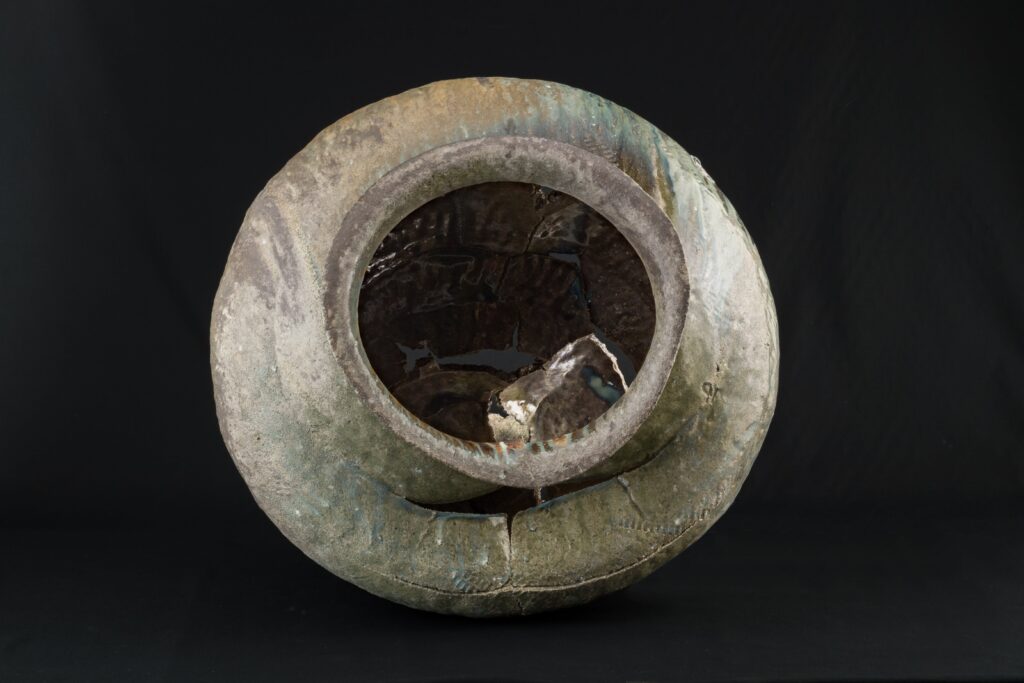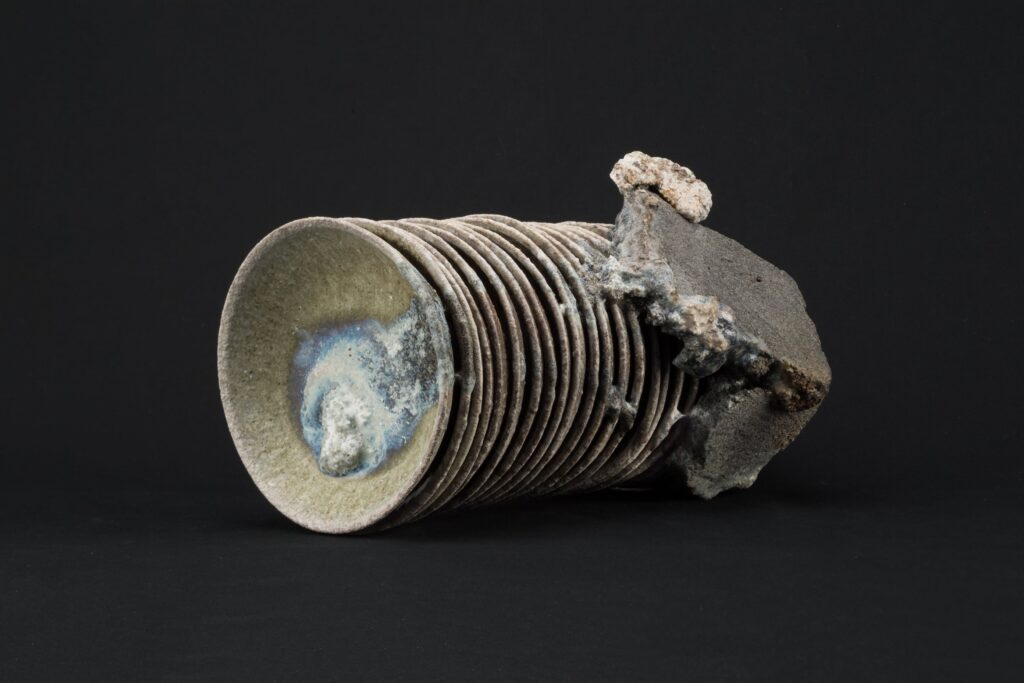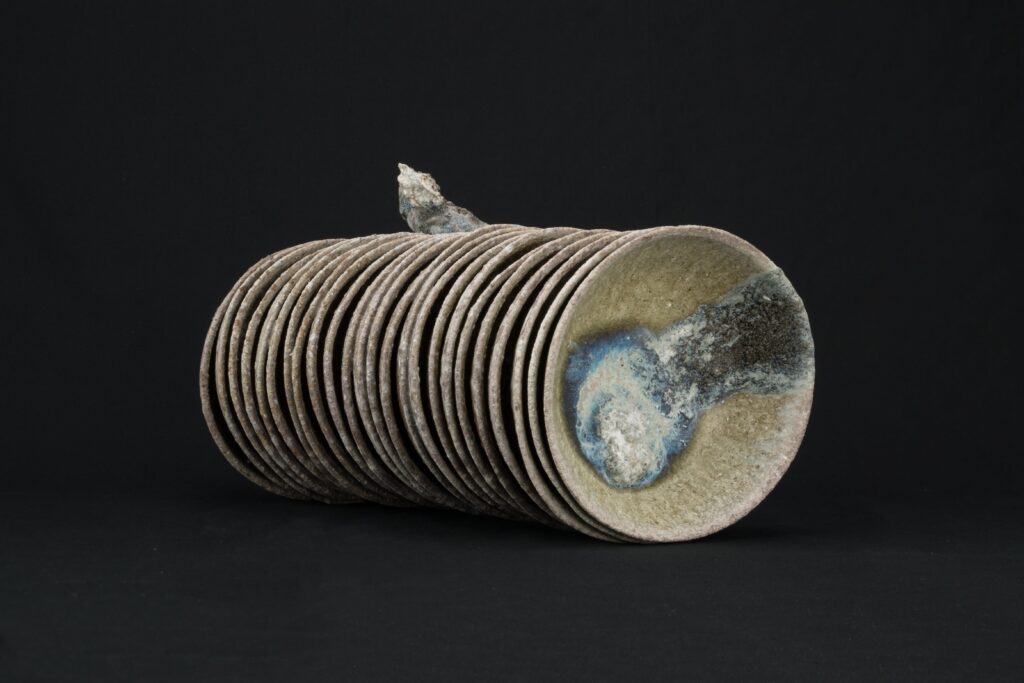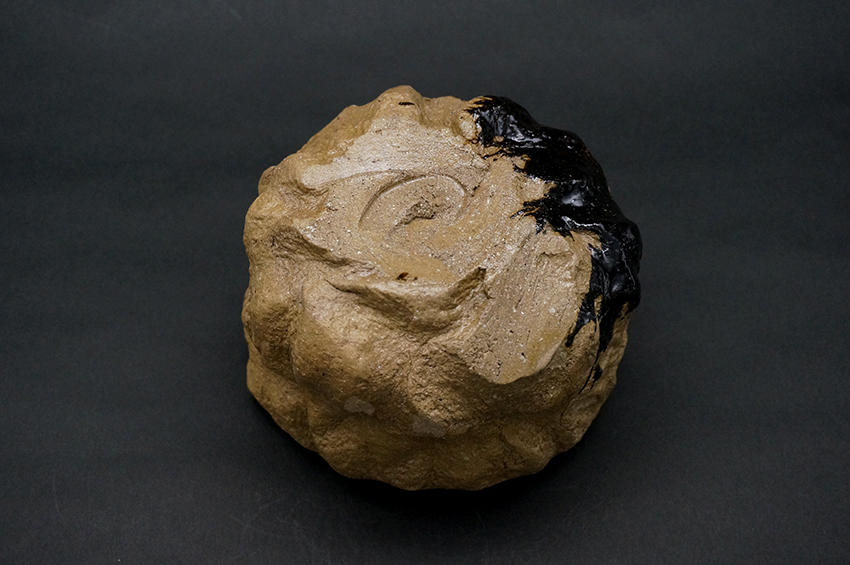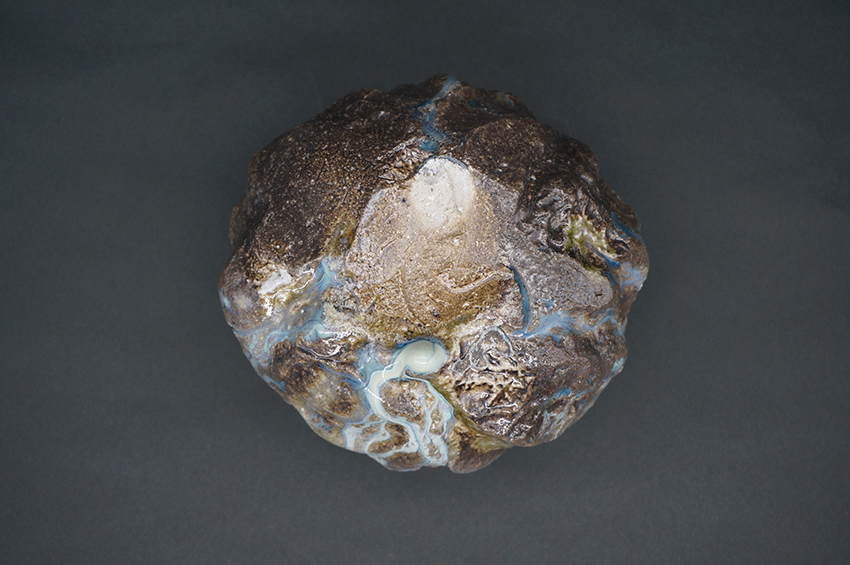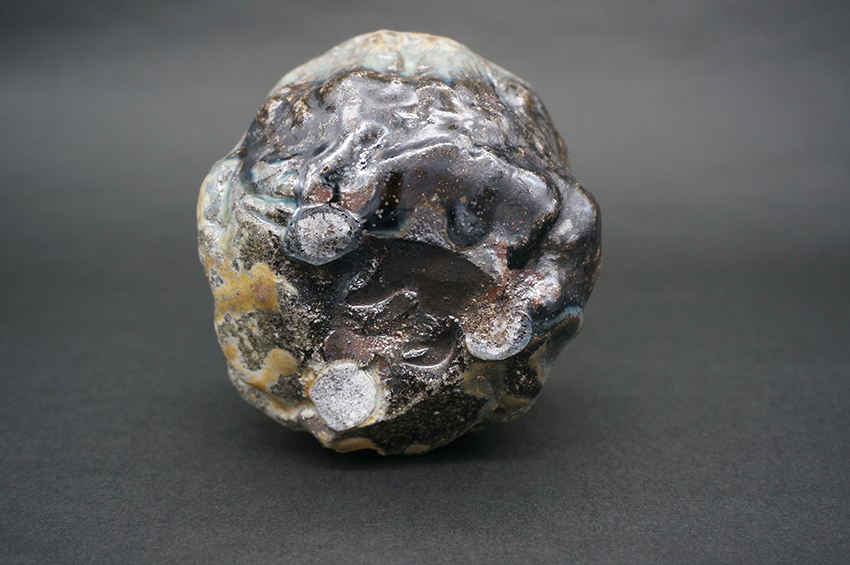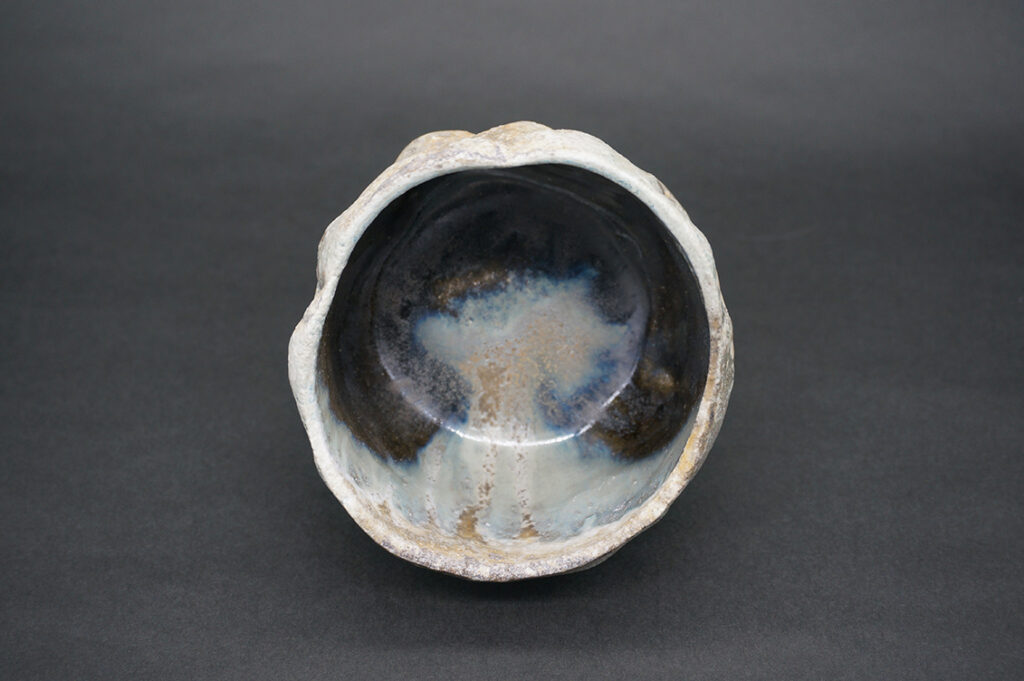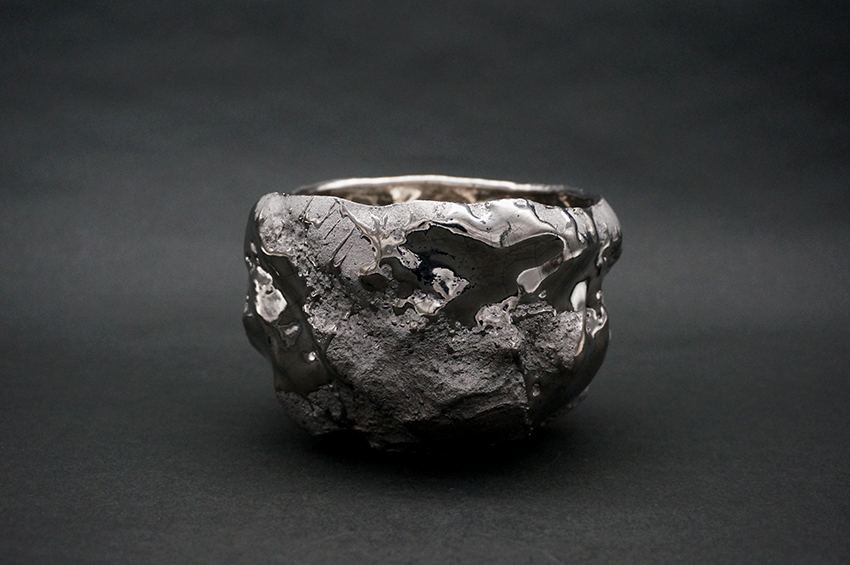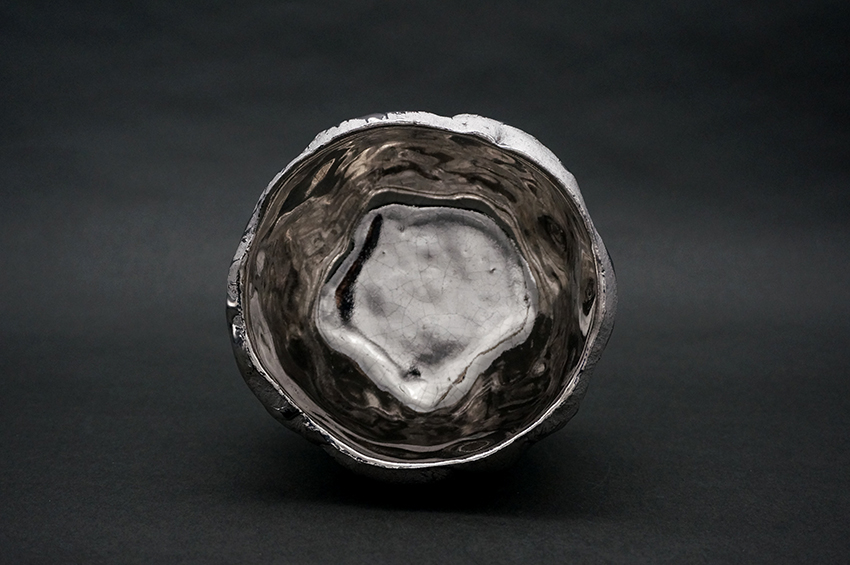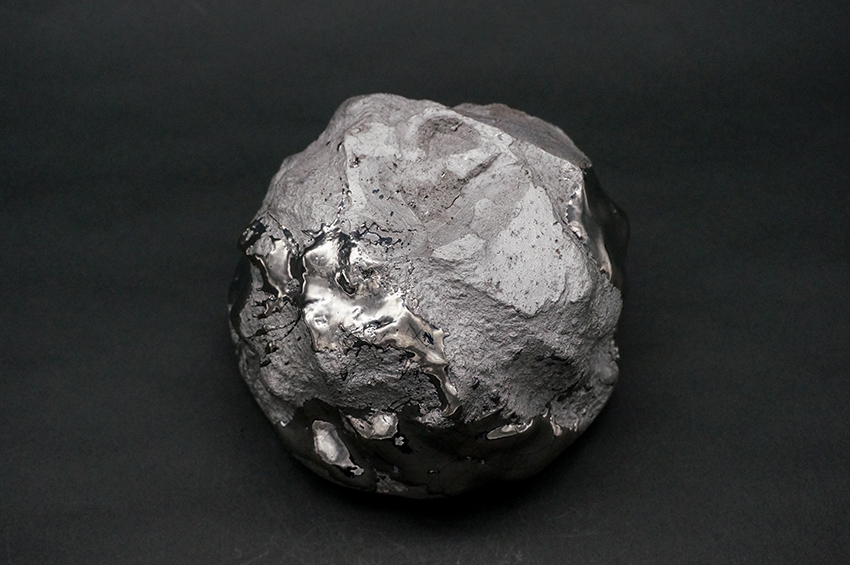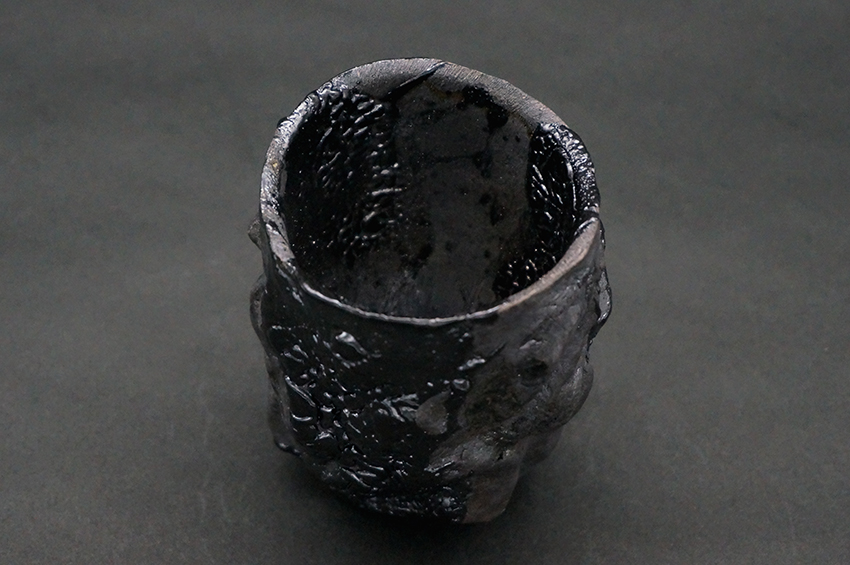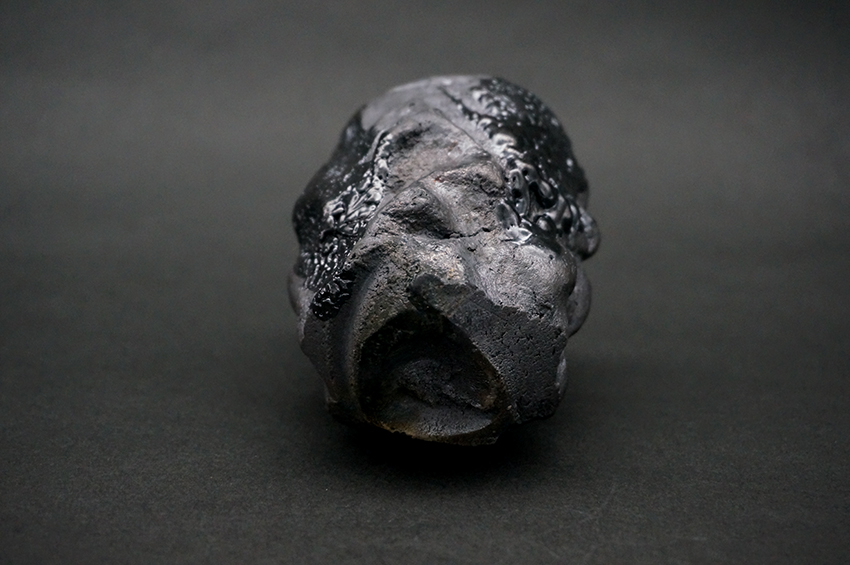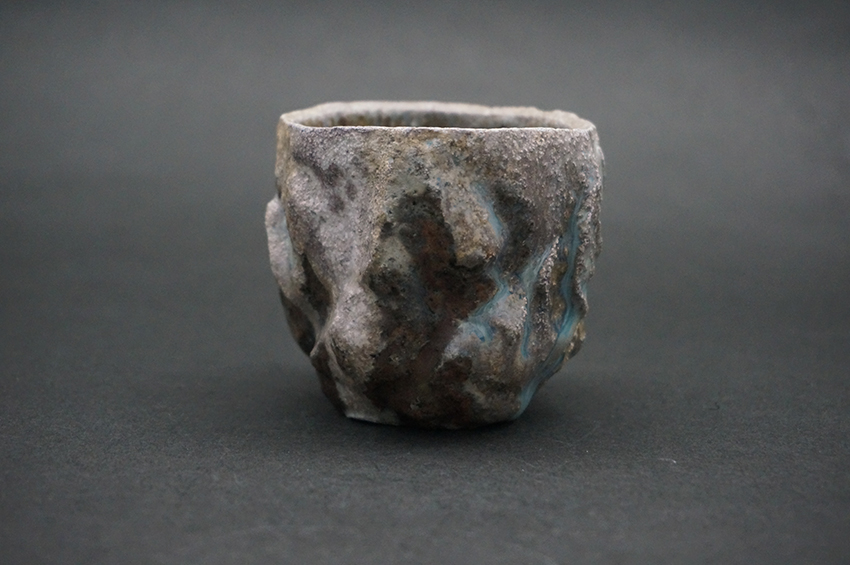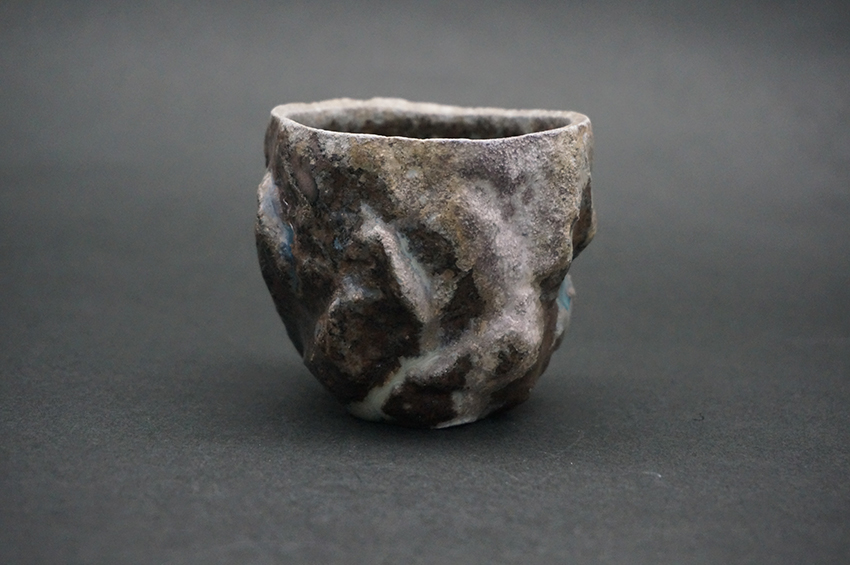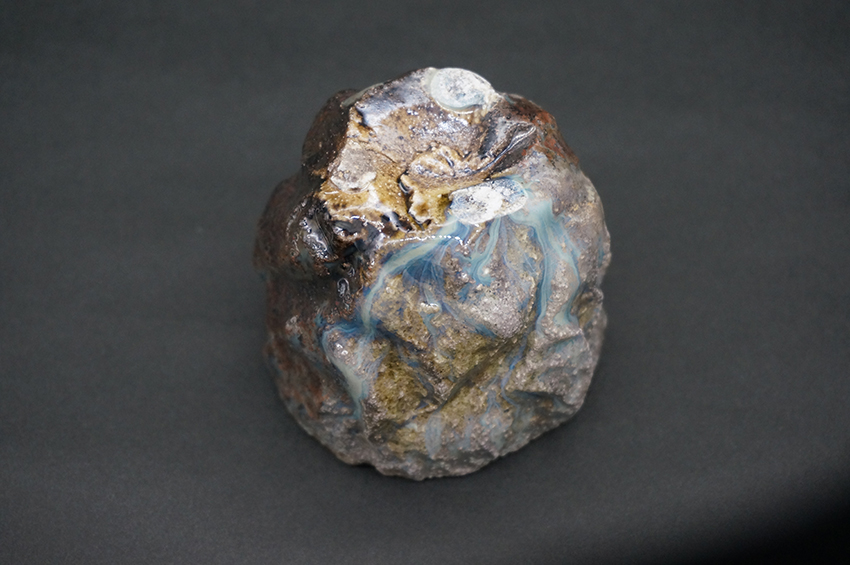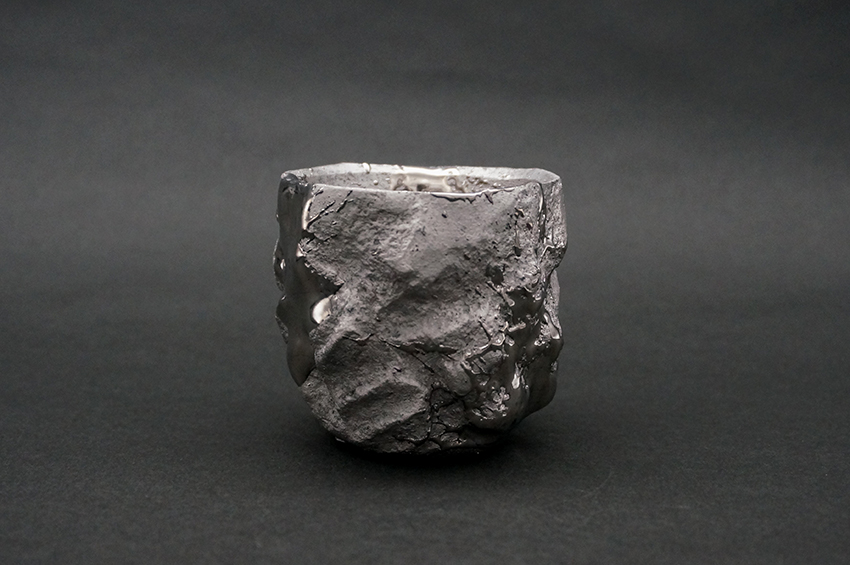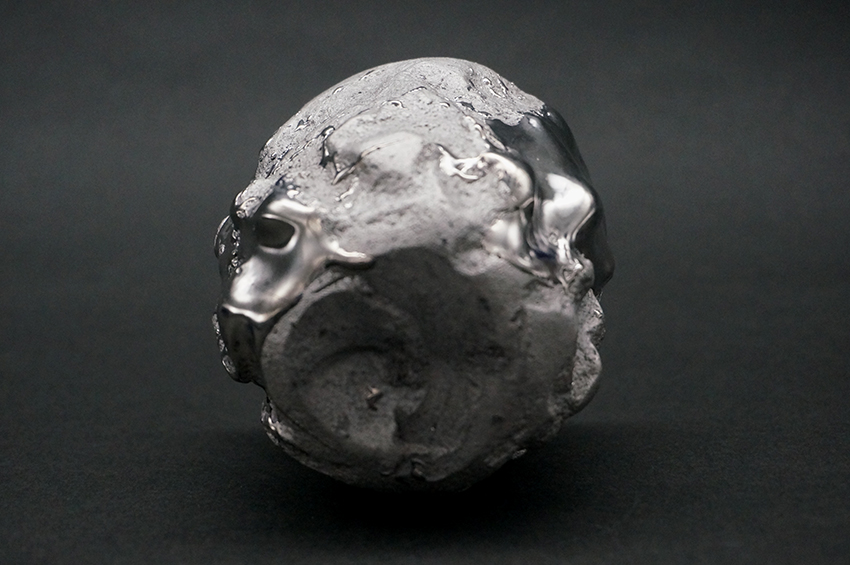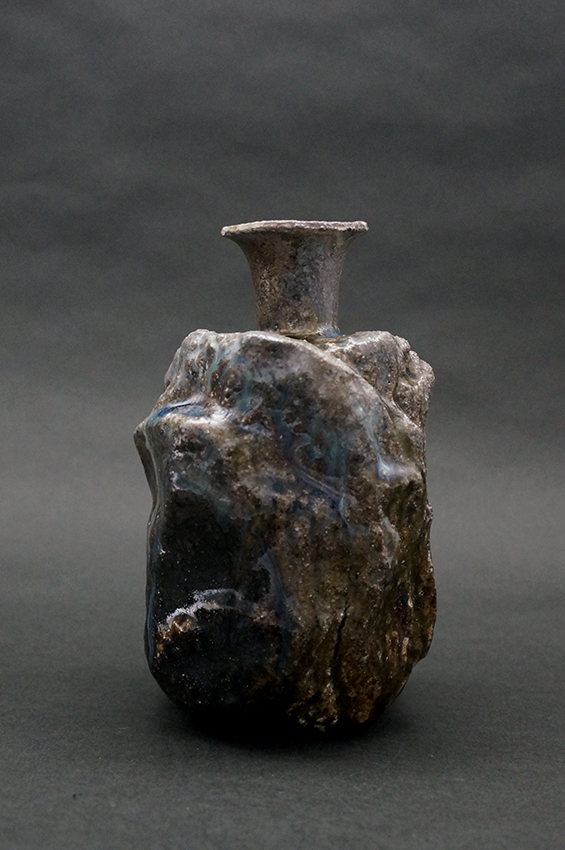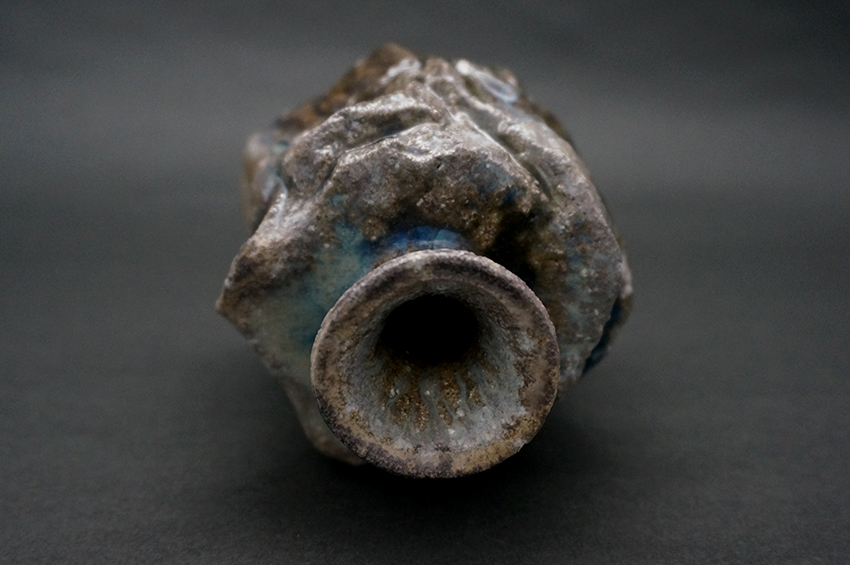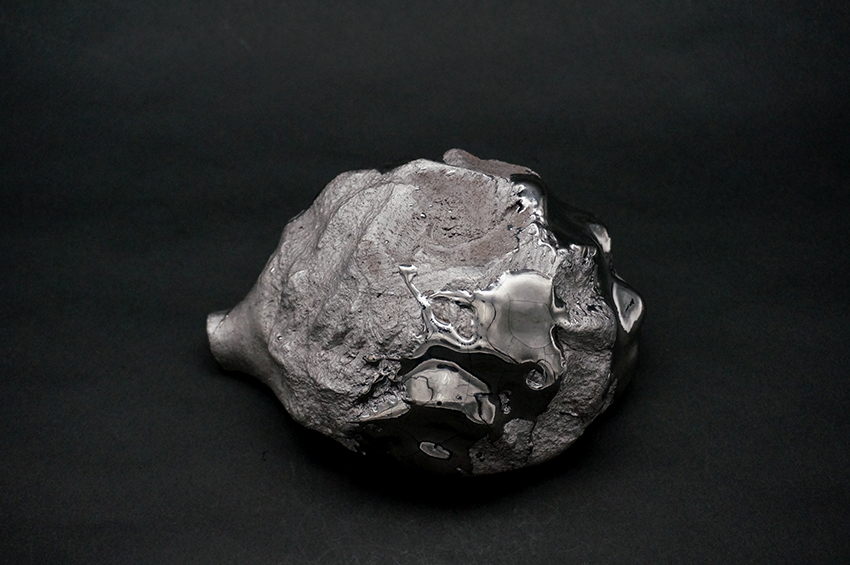Ties to Hometown: Ceramic Works and Restoration of an Ancient Kiln
Introduction by Keiko Fukai
I heard that a ceramic artist I know very well was taking on a project that sounded totally out of his mind. Nonetheless, I was touched by his passion and power to get things done, so that I decided to film the project’s progress for over a year.
In the mid-20th century, multiple excavations revealed that there were more than 500 “Atsumi kilns” on the Atsumi Peninsula in Aichi Prefecture. Those kilns were active about 200 years from the beginning of the 12th century. There are several kilns throughout Japan that have been continuously active since antient times until today. However, this Atsumi kiln completely disappeared and was forgotten from the earth, and whatever the reason might have been, no one had restored it until recently.
For 20 years, ceramic artist Inayoshi Osamu was nurturing his desire to restore this kiln that had existed in his hometown, and finally in 2023, with the help of many people, he put it into action.
While continuing his regular production by the gas firing kilns and anagama kilns, he spent a year and a half working on this challenging project. I have no doubt that the experiences he got must have been fulfilling and irreplaceable.
My grandfather’s remains were placed in a mass-produced urn that glowed white and cold. I found myself murmuring in my heart that this was not the last vessel my loved one would be placed in. Looking back, I realize that it was this strong feeling that led me to pottery making. As a potter, I try to give shape to the clay by handwork, to connect the natural material clay with the nature that exists outside, to feel with my five senses the time carved by the land where I was born and raised, once a major production center of pottery, and to fuse it with my own works. In the southwestern part of Toyohashi City, where I am from, there existed a pottery called “Atsumi Pottery” that flourished from the 12th to 13th century (Heian to Kamakura periods), but it has been more than 800 years since it disappeared. It is important for me to restore the lost kilns and to restore the techniques that were used in the past.
In the process of pottery making, when I feel the clay in my hands and move my hands around, I can feel the rhythm and flow of nature’s providence. When I feel this, I am humbled and a sense of awe toward nature spreads through my heart. My childhood memories of playing and learning in nature come back to me, and my pottery making process proceeds as my own time and the time of the clay blend together. Everything in nature repeats the cycle of decay, decomposition, and rebirth. Ceramic art is also a part of this cycle, and is made from clay, which returns to the earth after many years.
When a piece of work is removed from the kiln, there are some objects that, due to the conditions of the time or by chance, do not take the “ideal form based on a person’s sense of value. Usually, they are returned to the earth as a failure.
However, there are moments when I find them very beautiful, so I leave them as they are and present them as the “Deviation and Cycle” series, which expresses a cycle.
